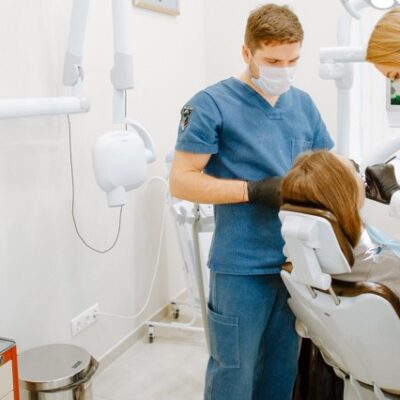
Huntington’s disease – 5 stages and their symptoms
Huntington’s disease is a disorder in which the nerve cells of the brain progressively degenerate. Usually, individuals inherit this disorder. Huntington’s disease hampers individuals’ ability to think, move, and react to their environment. When one develops this disorder, its progress cannot be stopped. While there is no definitive cure for this disorder, knowing certain details, like its stages and symptoms, can help improve a patient’s quality of life. Here’s what one needs to know: Huntington’s disease stages and symptoms Here are the five stages and symptoms of Huntington’s disease: 1. Stage 1 (preclinical) In this stage, patients show mild symptoms that indicate that their mental state may be affected. Signs such as anxiety, poor coordination, unusual irritability, perpetual anxiety, difficulty learning new things, and decision-making challenges are common in this stage. Usually, these symptoms go unnoticed; however, those experiencing them must undergo screening or biological tests for an accurate diagnosis. 2. Stage 2 (early) The symptoms seen in the first stage become progressively more pronounced. Some of the additional symptoms of this stage are involuntary twitching in the toes, fingers, and face, extreme difficulty in concentrating, problems making complicated movements, severe depression, and loss of inhibition. It takes multiple years for people to pass from this stage to the next, but they will still be able to do things like driving, bathing, and eating on their own.
Read More 





